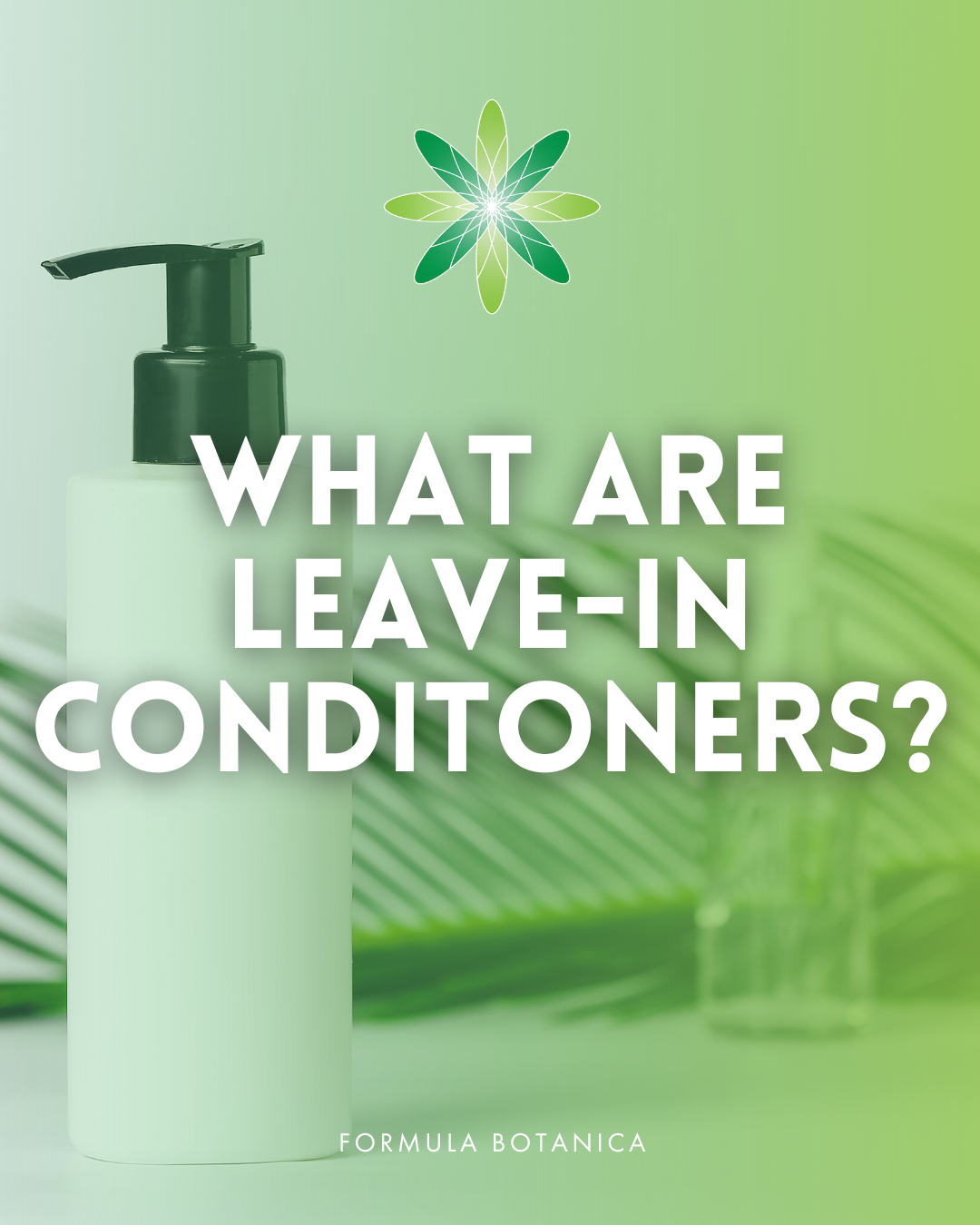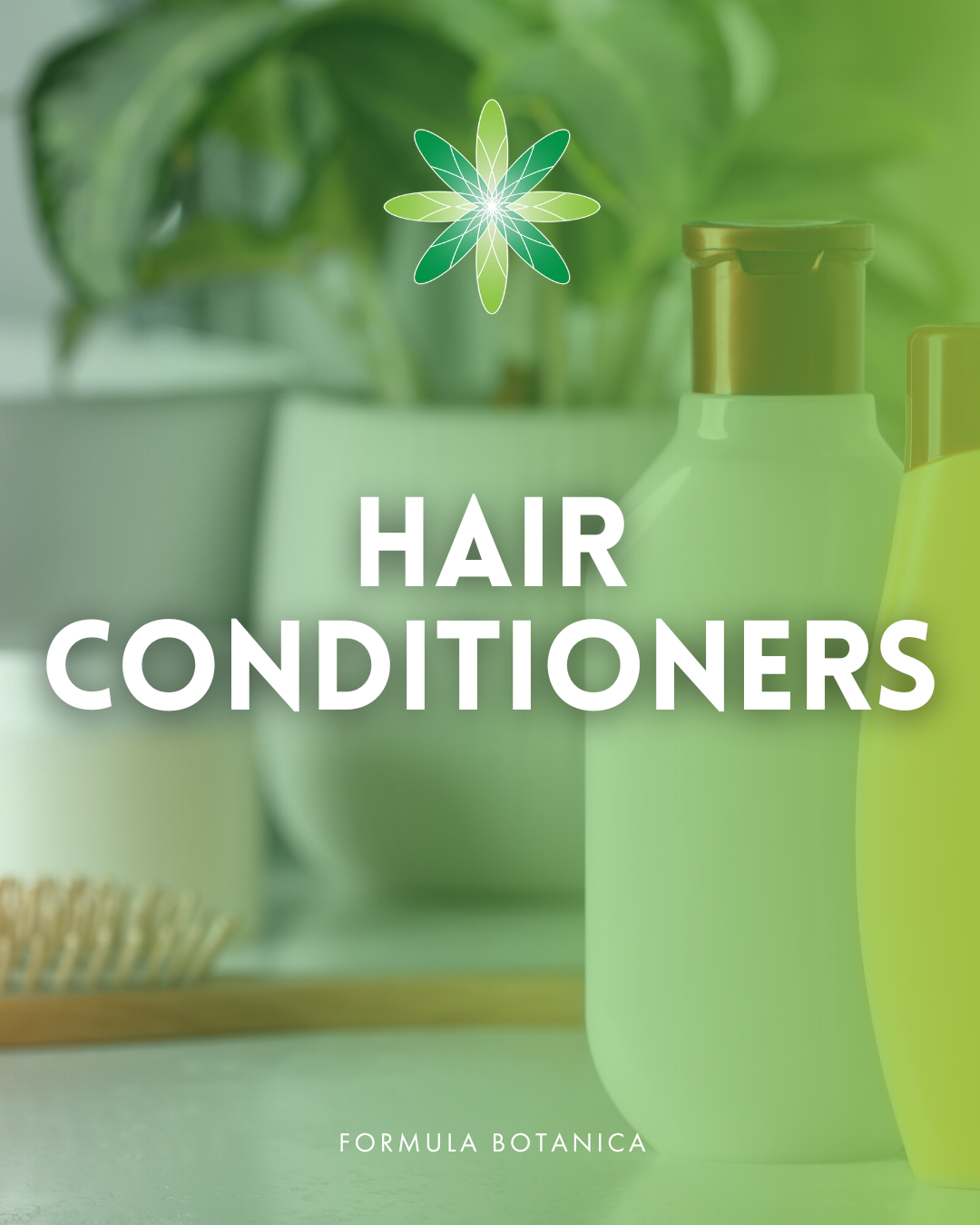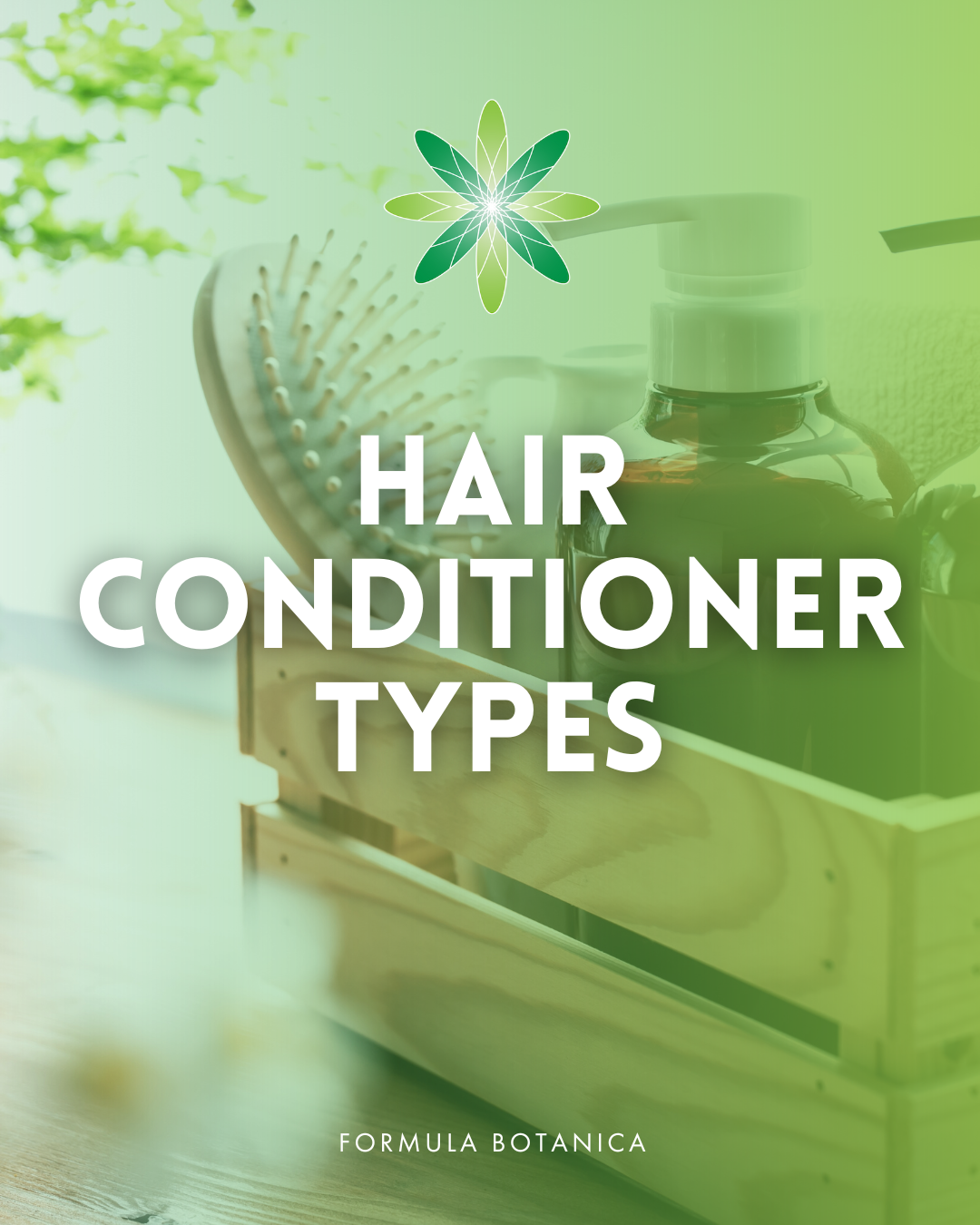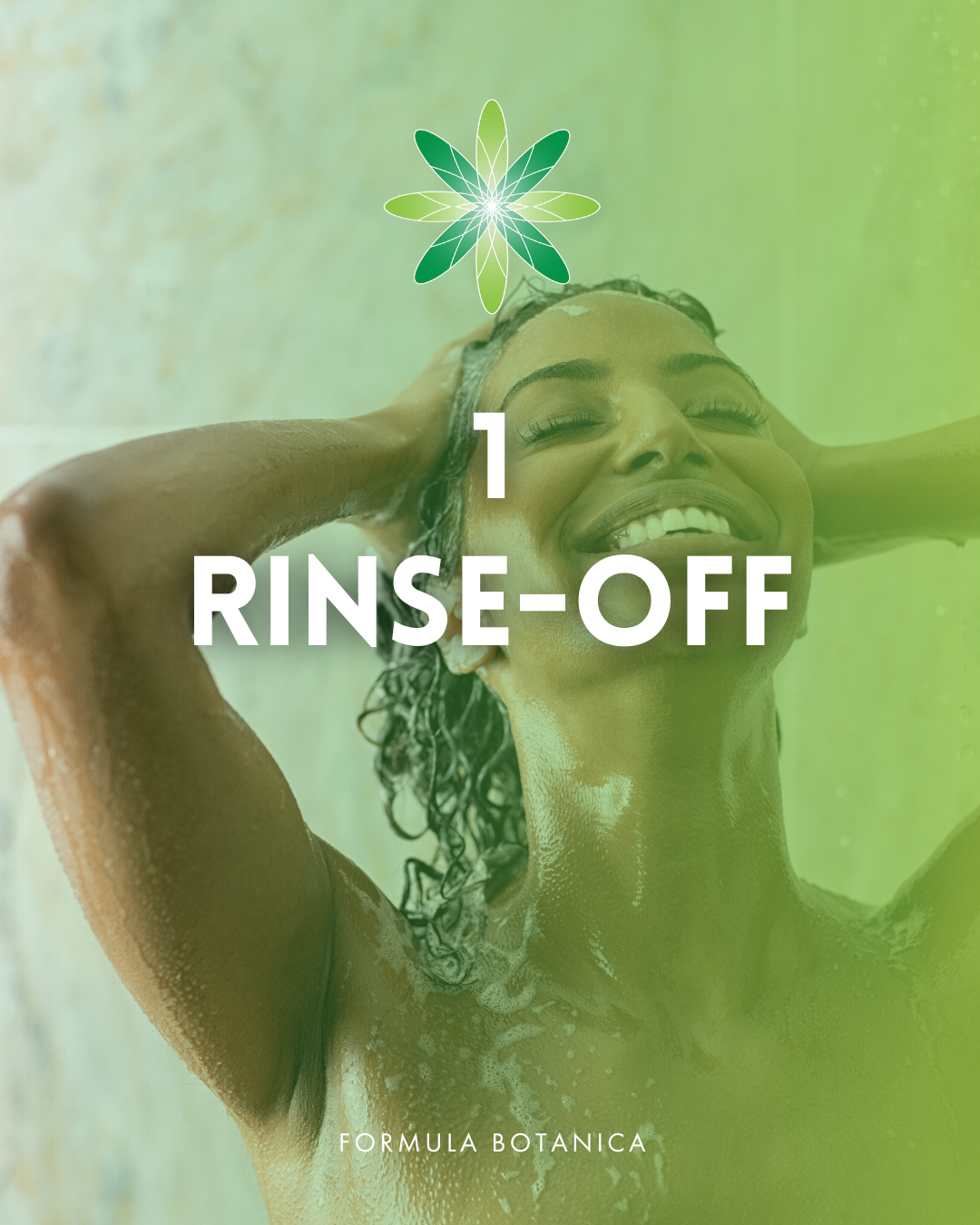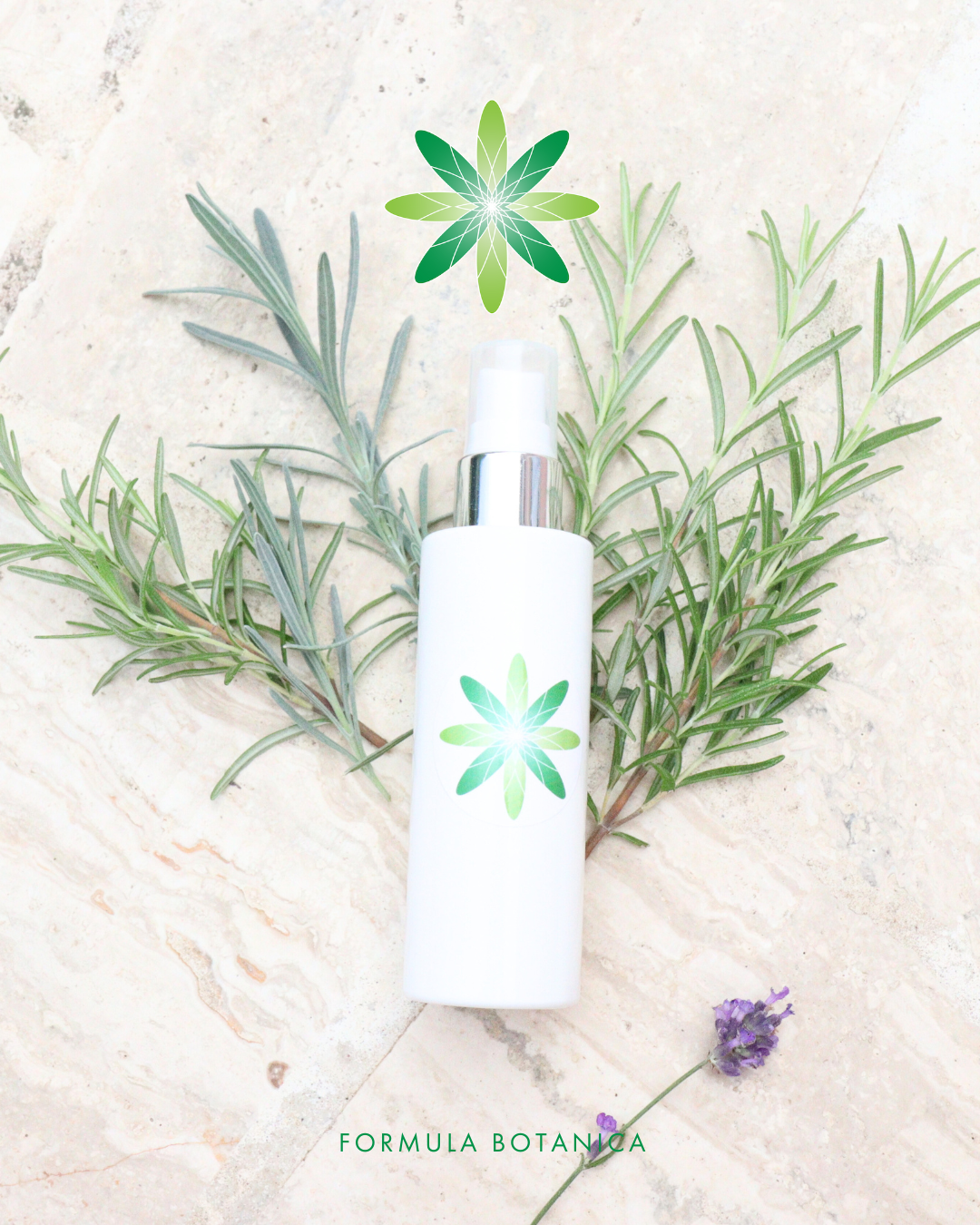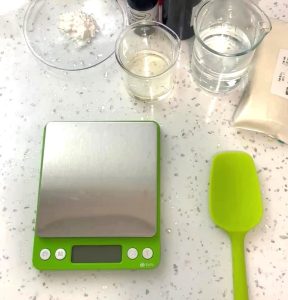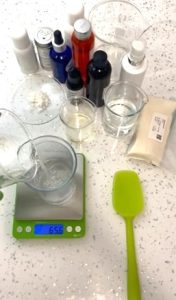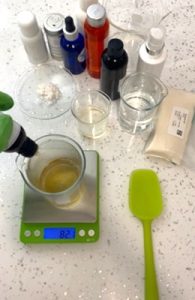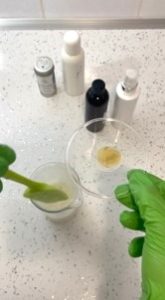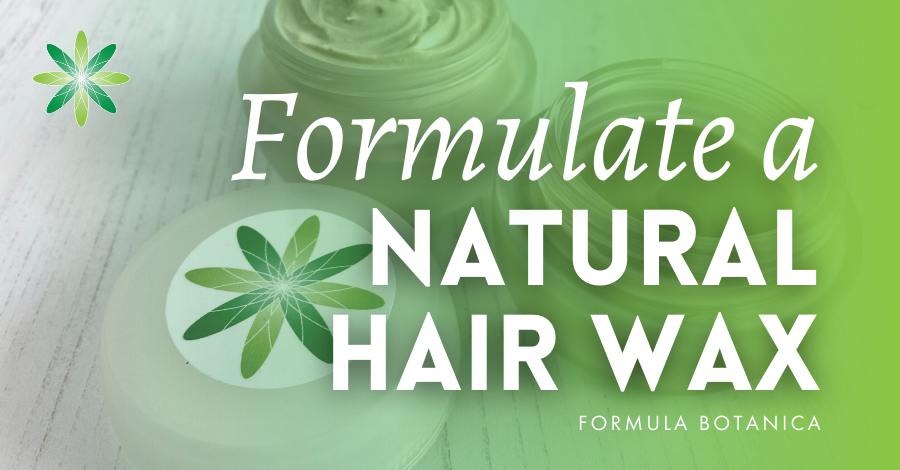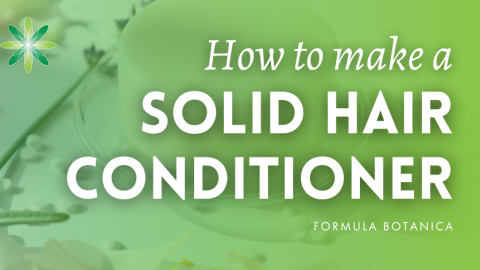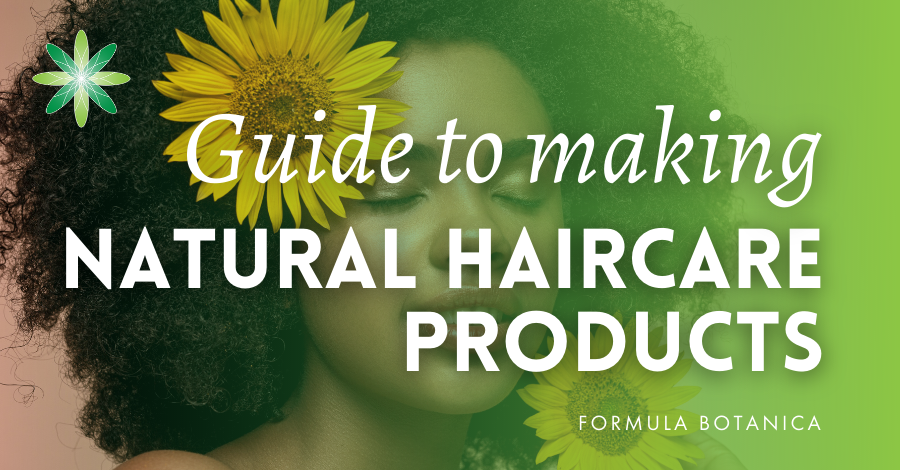Hair is so much more than just a part of our appearance—it’s a vibrant reflection of who we are. From its texture and colour to its length and style, our hair is a powerful form of self-expression that reveals our personality, mood, and even cultural identity.
But beautiful, healthy hair doesn’t just happen by chance. It requires consistent care, attention, and the right haircare routine to keep it strong and radiant. Leave-in conditioners have become a crucial part of this process, offering that extra layer of nourishment and protection.
And the best part? You can easily create your own leave-in conditioner at home, perfectly customised to meet your unique hair needs. Ready to unlock the secrets to beautiful, healthy hair? Dive into this post and discover how to craft your very own natural conditioner!
What is a leave-in conditioner?
A leave-in conditioner is your hair’s secret weapon for all-day nourishment, hydration, and protection. Unlike traditional conditioners that you rinse out, leave-in conditioners are designed to stay in your hair, working their magic long after you’ve stepped out of the shower.
This powerhouse product smooths the hair cuticle—the outer layer that can get rough and dull from washing and environmental stressors like sun, wind, and pollution. By smoothing the cuticle, leave-in conditioners enhance your hair’s natural shine, making it look healthier and more vibrant. But that’s not all—they also help detangle those stubborn knots, reduce breakage, and make your hair easier to manage.
Packed with vitamins, oils, and proteins, it strengthens strands, boosts elasticity, and prevents split ends.
Perfect for dry or damaged hair, leave-in conditioners keep your locks vibrant, healthy, and ready to turn heads all day long. In today’s world of holistic beauty, where hair health is a reflection of your overall well-being, leave-in conditioners have become an essential part of your haircare routine.
The magic of hair conditioners
Hair conditioners are more than just a step in your hair care routine—they’re the secret to luscious, healthy locks.
Packed with lightweight oils and emollients, conditioners wrap your hair in a protective embrace, sealing in moisture and forming a barrier against the harsh effects of heat styling tools like hair dryers, curling irons, and straighteners. The result? Hair that feels silky smooth, looks vibrant and stays protected from daily damage.
But here’s where the magic really happens: conditioners are designed to meet the unique needs of different hair types.
If you have fine hair, you’ll love a lightweight, volumising conditioner that boosts your hair without weighing it down. On the other hand, if you have thick, curly hair, a rich, moisturising formula will be your go-to, taming frizz and enhancing your natural curl pattern for that perfect bounce!
Types of hair conditioners
Conditioners come in two main varieties: rinse-off and leave-on. While they might look similar on the surface, each type offers distinct benefits tailored to your hair’s needs.
Understanding the differences between these two types of conditioners is key to crafting the perfect haircare routine.
By choosing the right product for your hair type, you’ll unlock the full potential of your hair, keeping it healthy, vibrant, and effortlessly gorgeous every day.
Learn more about how to make haircare products in this post:
Rinse-off conditioners
Rinse-off conditioners are the most common, delivering quick, surface-level nourishment.
Apply them after shampooing, leave them on for just a few minutes, and rinse away to reveal smoother, shinier hair. They work by smoothing the hair cuticle—the outermost layer—creating a protective coating that helps detangle, reduce frizz, and add a beautiful shine.
Leave-on conditioners
Leave-on conditioners—whether in the form of sprays, creams, or oils—are the gift that keeps on giving. Applied to freshly washed hair and left in, these conditioners provide continuous moisture, protection, and manageability throughout the day.
Formulated to be lightweight, they’re perfect for delivering long-lasting benefits without causing buildup or greasiness.
With nourishing humectants, proteins, and other hair-loving ingredients, leave-on conditioners dive deeper into the hair shaft, offering intense hydration and protection that lasts.
Why you need to make this hair conditioner
Now that you know the difference between rinse-off and leave-on conditioners, you’re probably wondering how to make your own conditioner. Well, wonder no more!
Just follow the simple formulation below, and you’ll be on your way to nourished, healthy hair in no time.
Here’s why you need to make this leave-in conditioner:
- It’s packed with natural, nourishing ingredients like hydrolysed rice protein, aloe vera, and argan oil, each known for their powerful nourishing properties
- The ingredients are easy to source
- It smells incredible thanks to a refreshing blend of rosemary and lavender essential oils, giving your hair a light, herbal-floral scent that feels luxurious
- It’s lightweight and easy to apply, with a milky texture that won’t weigh your hair down or leave behind any greasiness
- It’s customisable—you can adjust the formulation to perfectly match your hair type, whether you have fine, straight strands or thick, curly locks
Plus, by making it yourself, you’ll know exactly what’s going into your haircare routine.
Ready to get started? Let’s dive into the ingredients!
Key ingredients
Before diving into our formulation, let’s look at our key ingredients.
Hydrolysed rice protein
INCI: Hydrolized Rice Protein
Hydrolysed rice protein is a hair conditioning agent known for its ability to strengthen and protect hair from the inside out. This ingredient is derived from rice, specifically from the Oryza sativa plant. In its raw form, it appears as a fine, light powder that dissolves easily in water-based formulations, creating a silky, smooth texture. It has a mild, slightly grainy scent.
Aloe vera leaf juice
INCI: Aloe Barbadensis Leaf Juice
Aloe vera leaf juice serves as a powerful moisturiser and soothing agent in haircare formulations. Extracted from the leaves of the Aloe vera plant, it typically appears as a clear, watery liquid or sometimes as a slightly opaque gel, with a smooth and slightly slippery texture. Aloe vera leaf juice has a mild, fresh, and slightly herbal scent.
Find out more about aloe vera here:
Marula oil
INCI: Sclerocarya Birrea Seed Oil
Marula oil is a luxurious emollient that provides silky, shiny hair without any greasiness. Extracted from the kernels of the Marula tree, known as Sclerocarya birrea, this carrier oil has a pale yellow to light amber appearance and a light, non-greasy texture that absorbs quickly into the hair and skin. Marula oil has a mild, nutty aroma, which adds a subtle scent to haircare formulations.
Argan oil
INCI: Argania Spinosa Kernel Oil
Argan oil, often referred to as “liquid gold,” is a potent carrier oil packed with antioxidants and essential fatty acids that help nourish and revitalise your hair. Derived from the kernels of the Argan tree, native to Morocco, argan oil has a clear, golden-yellow colour and a silky, rich texture that is surprisingly non-greasy, allowing for easy absorption without leaving residue.
It has a mild, nutty fragrance that is pleasant and not overpowering. Find out more argan oil below:
Tocopherol (Vitamin E)
INCI: Tocopherol
Tocopherol, commonly known as Vitamin E, is a powerful antioxidant used in skincare and haircare formulations to protect oils from oxidation.
Often derived from vegetable oils such as soybean or sunflower, tocopherol appears as a clear to amber viscous liquid with an oily, smooth texture in its raw form. It has a faint, slightly sweet or neutral scent, making it a subtle addition to haircare products. Find out more about tocopherol below:
Sucrose stearate
INCI: Sucrose Stearate
Sucrose stearate is a gentle emulsifier used in hair care formulations to create a smooth, lightweight texture.
Derived from a combination of sugar (sucrose) and stearic acid, which is often sourced from palm or coconut oil, sucrose stearate appears as a fine, white powder with a soft, powdery feel and has no discernible scent. Find out how to use it below:
Euxyl K903
INCI: Benzyl Alcohol, Benzoic Acid, Dehydroacetic Acid, Tocopherol
Euxyl K903 is a robust, broad-spectrum preservative essential to keep your conditioner safe from microbial growth.
This preservative can either be synthesised or derived from natural sources such as coconut oil. Euxyl K903 appears as a clear, colourless liquid with a watery, thin texture and has a mild, slightly sweet, and almond-like scent. Find out more about the importance of preservation and pH in these posts:
Everything you wanted to know about natural preservatives
5 reasons why your natural formulations need preserving
What can go wrong if you don’t control your formulation’s pH?
Our formulation: rice & aloe leave-in conditioner
Makes: 100g
Formulation: This is a cold-process formulation
Level: Beginner-friendly
| Phase | Ingredients | INCI | Weight (g) |
| A | Distilled water | Aqua | 78.40 |
| A | Hydrolysed rice protein | Aqua, Hydrolysed Rice Protein, Leuconostoc/Radish Root Ferment Filtrate | 3.00 |
| A | Aloe vera leaf juice | Aloe Barbadensis Leaf Juice | 5.00 |
| A | Sucrose stearate | Sucrose Stearate | 2.50 |
| B | Vegetable glycerine | Glycerin | 1.50 |
| B | Solagum AX | Acacia Senegal Gum, Xanthan Gum | 0.60 |
| C | Argan oil | Argania Spinosa Kernel Oil | 1.00 |
| C | Marula oil | Sclerocarya Birrea Seed Oil | 1.50 |
| C | Fractionated coconut oil | Caprylic/Capric triglyceride | 5.00 |
| D | Vitamin E | Tocopherol | 0.30 |
| D | Lavender essential oil | Lavandula Angustifolia Flower Oil | 0.10 |
| D | Rosemary essential oil | Salvia Rosmarinus Leaf Oil | 0.10 |
| E | Euxyl K903 | Benzyl Alcohol, Benzoic Acid, Dehydroacetic Acid, Tocopherol | 1.00 |
| E | Lactic acid | Lactic Acid | q.s.* |
*q.s. stands for as needed.
Equipment:
- Scales
- Glass beakers
- Stainless steel spoons
- Glass rods
- Silicone spatula
- Homogeniser
- Watch glass
- pH strips or pH meter
- Suitable container
Our Formulation: Rice & aloe leave-in conditioner
Formulate your own rice & aloe leave-in conditioner in just 10 easy steps. Let’s look at them one by one.
Step 1: Prepare your workspace
Begin by setting up a clean and organised workspace. Sanitise all your utensils and work area, to ensure a hygienic environment for making your conditioner. Put on gloves and an apron to protect yourself and your formulation.
Step 2: Weigh the water, rice, and aloe
Carefully weigh the water, hydrolysed rice protein, and aloe vera juice into a beaker. These ingredients form the hydrating and strengthening base of your conditioner, providing moisture and nourishment to your hair.
Step 3: Add sucrose stearate
Next, add sucrose stearate to the mix and allow it to swell for 15-20 minutes. This emulsifier is essential for creating a smooth and creamy texture in your final product.
Step 4: Prepare the glycerine and gum mixture
In another beaker, weigh out the glycerine and Solagum AX. Stir them together using a glass rod until you have a smooth slurry. Set it aside to allow the mixture to fully hydrate, which ensures maximum effectiveness.
Step 5: Weigh your oils
Meanwhile, in a separate beaker, weigh the argan, marula, and fractionated coconut oils. These oils will infuse your conditioner with deep moisture and a radiant shine.
Step 6: Combine the hydrated mixture with the base
Once the sucrose stearate has fully swelled, add the hydrated glycerine and gum mixture to the beaker containing the water, rice protein, and aloe vera juice. Mix well to ensure a uniform blend.
Step 7: Blend in the oils
Gradually add the measured oils to the mixture. Use a mini homogeniser to blend for 2-3 minutes, creating a smooth and even consistency. This step ensures the oils are well incorporated into the water-based mixture.
Step 8: Add vitamin E, your essential oils and your preservative
It’s now time for the final touches. Mix in the tocopherol (Vitamin E) and essential oils for an antioxidant boost and a delightful fragrance. Then, blend in the Euxyl K903 preservative to keep your conditioner fresh and effective. Homogenise for 1 minute to ensure stability.
Step 9: Measure & adjust the pH
Measure the pH of your final formulation—it should fall between 4.0 and 4.5. This is the ideal range for a haircare product. Adjust if necessary to achieve the ideal balance. We teach all about pH in our Diploma in Organic Skincare Formulation.
Step 10: Package & label
Gently pour your luxurious leave-in conditioner into a beautiful container. Seal it with care, then label it with pride—your handcrafted masterpiece is now ready to nourish, protect, and elevate your hair!
Important notes:
When formulating haircare products, it’s essential to tailor your ingredients to the specific hair type you’re working with. Haircare is not one-size-fits-all—what works wonders for one hair type may not be suitable for another. For instance, very fine or fine hair requires a different approach than thick, wavy, or curly hair.
Fine hair usually doesn’t play well with heavy, natural oils. Instead, it thrives on lightweight, dry oils—often called natural silicone alternatives—that provide the perfect balance without weighing it down. On the flip side, if you have thick, curly, or kinky hair, it craves richer, more nourishing oils and formulas that deliver deep hydration and control. Here are some oil suggestions for you to explore:
Before you start formulating, first think about your hair type and choose your ingredients accordingly. Once you’ve selected the right ingredients, you can then begin to experiment! Try different combinations to see what makes your hair shine its brightest. We hope you enjoy this formulation!
Suggested suppliers
Many of the suppliers below ship internationally. We indicate their country or regional base.
Aroma-Zone (EU)
Aromantic (UK)
Alexmo Cosmetics (EU)
Manske (EU)
The Soap Kitchen (UK)
Ellemental (EU)
Lotioncrafter (USA)
Essential Labs (USA)
Go Native NZ (New Zealand)
Naturally Balmy (UK)
O&3 – The Oil Family (UK/EU)
Soap & More (Canada)
Handymade (EU)
Leave us a comment

Miroslava is a former grading tutor at Formula Botanica. She has a Ph.D in neuroscience, expertise in biology and chemistry, and a lifelong passion for natural cosmetic formulation.


